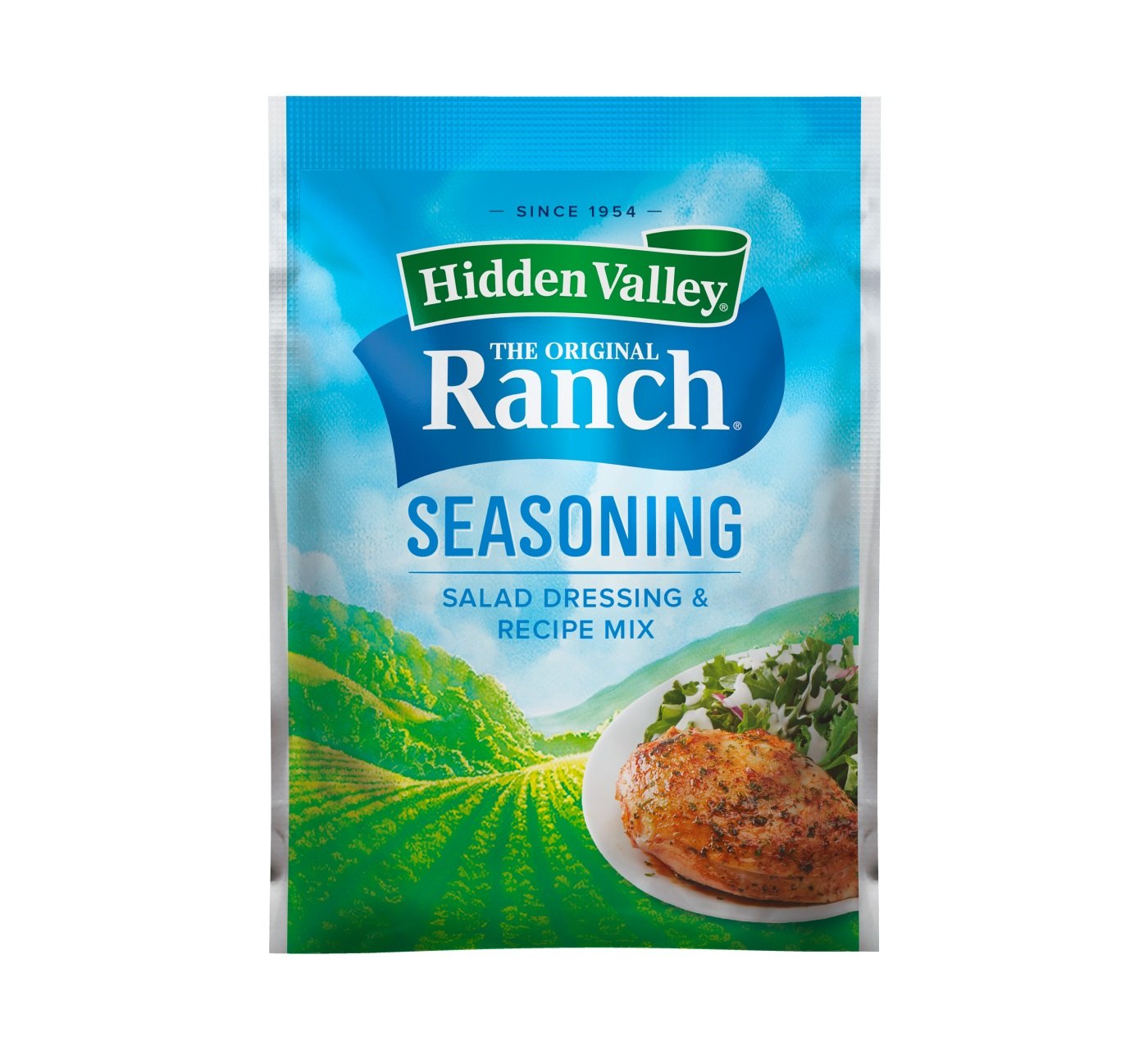
Ranch powder is a popular seasoning that adds a burst of flavor to various dishes. Whether it’s used to make a creamy salad dressing, sprinkled onto popcorn for a savory snack, or mixed into mashed potatoes for an extra kick, ranch powder is a versatile ingredient that can elevate any meal. But it’s important to not only indulge in the deliciousness, but also be aware of its nutritional value. In this article, we will explore the nutrition facts of ranch powder, giving you a comprehensive overview of its caloric content, macro and micronutrient composition, as well as any potential health benefits or considerations associated with its consumption. So, if you’re curious about the nutritional profile of this beloved condiment, keep reading to discover the 15 ranch powder nutrition facts you need to know.
Key Takeaways:
- Ranch Powder is a tasty seasoning with 50 calories and 4 grams of fat per serving. It contains 6% of the daily recommended Vitamin A and can last up to 2 years when stored properly.
- With ingredients like buttermilk, salt, and spices, Ranch Powder is versatile and can be used in salad dressings, dips, and even on roasted vegetables for a burst of flavor.
Serving size
The recommended serving size of Ranch Powder is 1 tablespoon (8 grams).
Calories
In a serving of Ranch Powder, there are approximately 50 calories.
Fat content
The fat content in 1 tablespoon of Ranch Powder is about 4 grams.
Sodium
Ranch Powder is known for its sodium content, with approximately 200 milligrams per tablespoon.
Carbohydrates
In a serving of Ranch Powder, there are around 2 grams of carbohydrates.
Protein
Ranch Powder contains a small amount of protein, approximately 1 gram per tablespoon.
Vitamin A
One serving of Ranch Powder provides about 6% of the recommended daily intake of Vitamin A.
Calcium
Ranch Powder offers a minimal amount of calcium, with approximately 2% of the recommended daily intake.
Iron
In 1 tablespoon of Ranch Powder, you can find about 1% of the recommended daily intake of iron.
Ingredients
The main ingredients of Ranch Powder typically include buttermilk, salt, garlic, onion, and various herbs and spices.
Allergens
Ranch Powder may contain allergens such as milk and wheat, so it is important to check the label for specific information.
Usage
Ranch Powder can be used as a seasoning for salad dressings, dips, marinades, and various other dishes.
Shelf Life
When stored properly in a cool, dry place, Ranch Powder can have a shelf life of up to 2 years.
Variations
There are different varieties of Ranch Powder available, including regular, lite, and organic options.
Versatility
Aside from its traditional uses, Ranch Powder can also be added to popcorn, roasted vegetables, and even homemade potato chips for a burst of flavor.
Conclusion
In conclusion, ranch powder is a versatile and widely used ingredient that adds flavor and depth to a variety of dishes. While it does contain some nutritional value, it is important to use it in moderation and be mindful of its sodium content. Incorporating ranch powder into your meals can be a delicious way to enhance the taste of your favorite recipes. Remember to read the nutrition label and choose products that align with your dietary needs and goals. So, go ahead and enjoy the savory goodness of ranch powder while being mindful of its nutritional value.
FAQs
1. Is ranch powder high in calories?
Ranch powder generally contains about 150 calories per serving, which is typically 1-2 tablespoons.
2. Does ranch powder contain any allergens?
Most ranch powders contain dairy ingredients, such as buttermilk or sour cream powder, which can be problematic for individuals with lactose intolerance or dairy allergies. Be sure to check the product label for allergen information.
3. Can ranch powder be used as a seasoning for other dishes?
Absolutely! Ranch powder can be a versatile seasoning for a variety of dishes, including roasted vegetables, grilled chicken, popcorn, and even homemade salad dressings.
4. Is ranch powder high in sodium?
Yes, ranch powder is typically high in sodium. It is important to use it in moderation, especially if you are watching your sodium intake.
5. Are there any alternatives to store-bought ranch powder?
If you prefer to avoid store-bought options, you can make your own ranch powder at home using a combination of dried herbs, spices, and powdered buttermilk. There are plenty of recipes available online to guide you through the process.
Was this page helpful?
Our commitment to delivering trustworthy and engaging content is at the heart of what we do. Each fact on our site is contributed by real users like you, bringing a wealth of diverse insights and information. To ensure the highest standards of accuracy and reliability, our dedicated editors meticulously review each submission. This process guarantees that the facts we share are not only fascinating but also credible. Trust in our commitment to quality and authenticity as you explore and learn with us.
